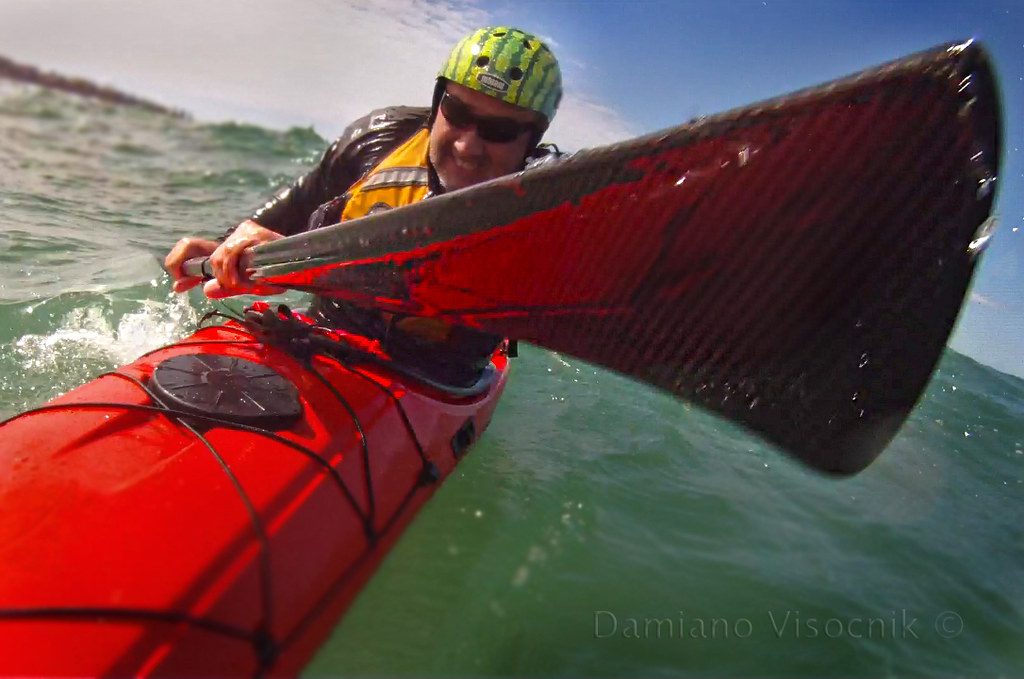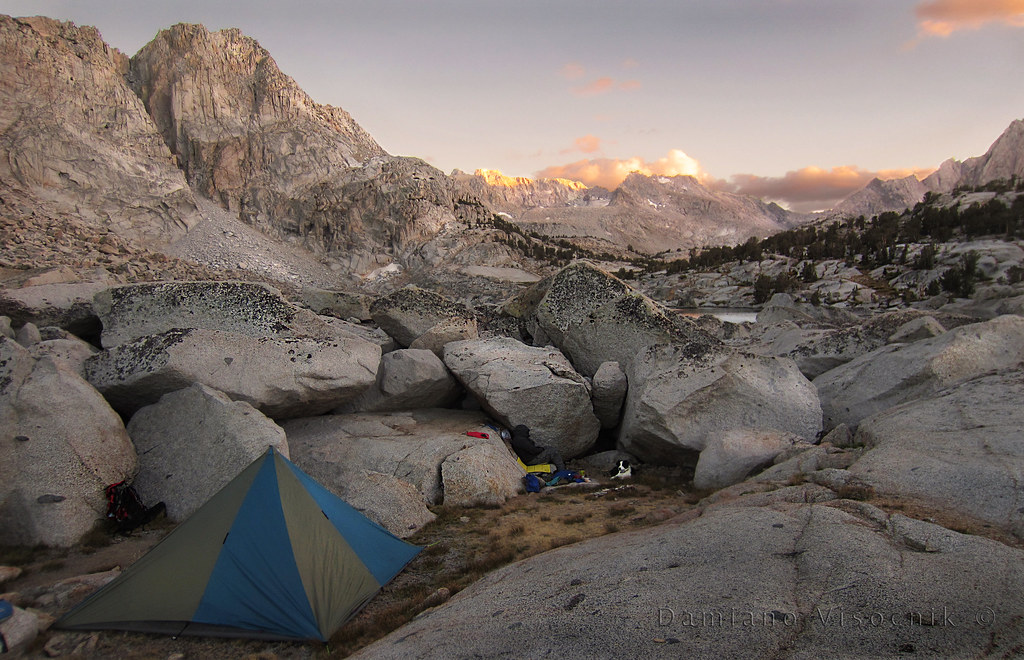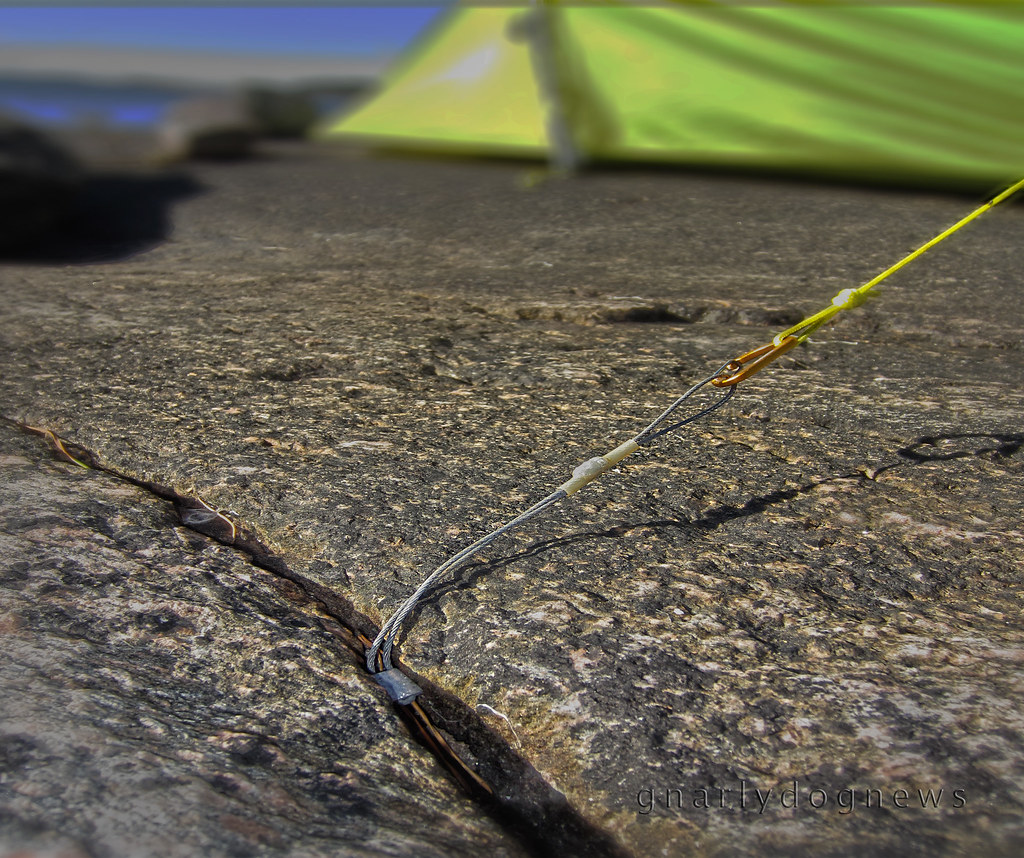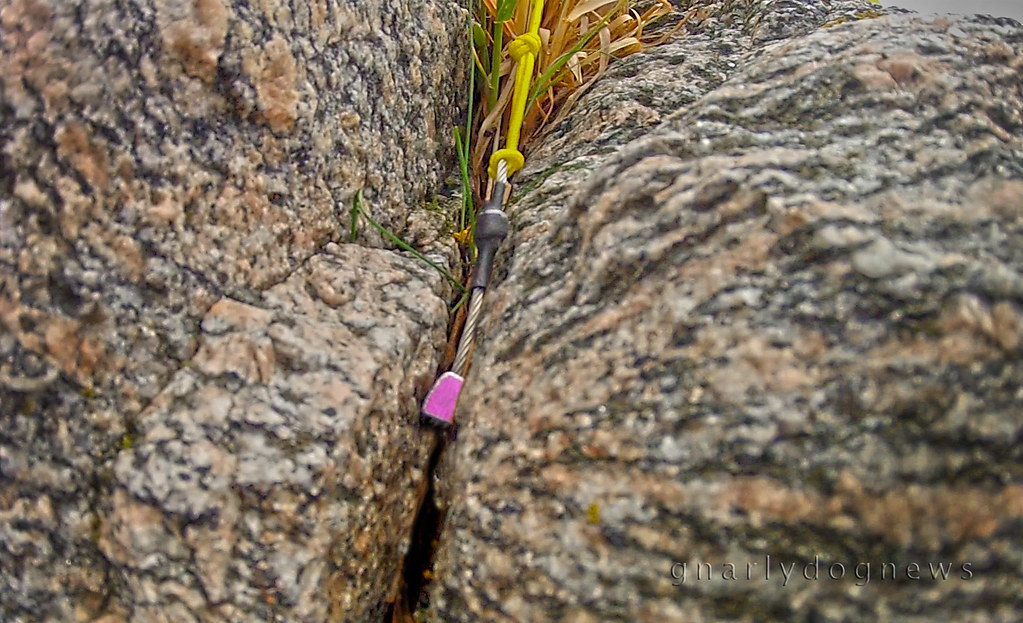So many paddlers regard the ability to roll the holy grail of sea kayaking.
I was one of them. I envied paddlers that could roll a kayak; it just looked so cool.
I will see them plop-in purposely and turn their kayaks upside down only to see them explode a few seconds later out the water with a mighty splash and be back up. Sometimes spectators would even clap :-)

At the time I felt that there was a lot of mysticism around rolling and not many in my circles really knew how to roll; I had to learn how to roll.
I took several lessons and I paid instructors to teach me how to roll. Several months passed and many pool session later I was still struggling.
However not knowing how to roll did not deter me from going out at sea even if admittedly in a wide bay where waves don’t really reach much over a meter. I rarely fell in and I always paddled with others so I could be helped back into my kayak.
Trying to self rescue was not that pretty: I felt very unbalanced when trying to “cowboy scramble” into my relatively wide (56-58cm) kayak. They tell me it has something to do with being top heavy and a bit taller than the average paddlers; I think it’s poor balance.

On the other hand I would also see my paddling buddies having a much easier time getting back in their kayak. We would regularly hit the surf zone and on days when the waves were not really pounding we were gaining solid skills. I would push myself and try to catch the steeper waves. I would regularly broach, often tip and end up out of my kayak. I also broke several rudders and realized that those pesky metal bits on the stern are not surf friendly; eventually I opted for skeg kayaks.

I had no chance to re-enter my kayak on my own while the water was bumpy, not necessarily breaking waves but still dynamic enough to toss my kayak around a bit. I needed help to re-enter or swim a long way back to the beach pulling my flooded kayak behind me. I was getting tired quickly as where my paddle buddies of my clumsiness.
Now I really needed to learn how to roll coz on a bad day the surf was bringing more frustration than joy. There were some among us tho that could jump back in the kayak with very little fuss: a few seconds and they would be out of the water with a single big leap, plopping their butt into the seat, legs sticking out on the side to then bring them in one at the time through the keyhole cockpit.
I could not do that: I am just too big and slow. What I wanted was the sense of security of knowing how to get into the kayak in lumpy waters.

While paddle floats would work relatively well for me in calm waters I found them useless in conditions that made me tip in the first place.
Relying on my paddling buddies was unfair and probably short sighted as on some of our trips we were not always very close to each other.
What I did have to my advantage is the water temperature that I paddle on.
All of my paddling was in subtropical seas where on a cold winter day I would "gasp" at 17C immersions. I feel totally different if I would have to deal with water that saps paddlers' energy in times of a capsize. I rarely wear more than just a light paddling top and never insulation paddling garments.
In winter I have to protect from evaporative cooling wind more than immersion.
I persisted with leaning to roll and eventually a skilled instructor thaught me the finesse of rolling.
I loved my new found skills and practiced a lot. I also discovered that rolling is not about the explosive power that a paddle might offer but is more about a blend of skills from being able to turn the boat with my body aided by the gentle support of my paddle.
I still remember Craig McSween saying: you should learn to scull first before you roll.

Only now do I understand what he meant: sculling is the real roll for me where I can have a better chance of righting my capsized kayak in aerated water and windy wave conditions.
Is rolling really essential?
I am sure it is for me but I would not evangelically preach it to everybody.
As I witnessed many times paddlers recovering from a wet exit in the surf zone I now believe that rolling is not the holy grail, in Queensland waters.
If one can re-enter his/her kayak swiftly in all conditions and be able to empty a flooded cockpit in bumpy seas then rolling is not critical. If waters were much colder than I would think differently.
I still advocate to gain the best skills possible but there are many ways one can self rescue.
As long as a paddler can reliably get out of trouble in demanding conditions (I don't count calm waters one of them) then there is validity in the alternatives.

Jim on UK Forum puts it so well:
Rolling can be over-rated, far more important is having the skill not to fall in, BUT almost everyone finds it much easier to develop those skills after they can roll, because the ability to roll gives them more confidence to practice recoveries....














